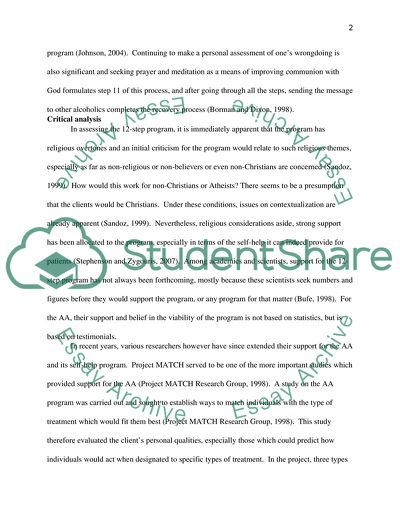Cite this document
(Self-help Meetings and Clinical Analysis Research Paper, n.d.)
Self-help Meetings and Clinical Analysis Research Paper. Retrieved from https://studentshare.org/psychology/1781656-social-work-self-help-meetings-and-clinical-analysis
Self-help Meetings and Clinical Analysis Research Paper. Retrieved from https://studentshare.org/psychology/1781656-social-work-self-help-meetings-and-clinical-analysis
(Self-Help Meetings and Clinical Analysis Research Paper)
Self-Help Meetings and Clinical Analysis Research Paper. https://studentshare.org/psychology/1781656-social-work-self-help-meetings-and-clinical-analysis.
Self-Help Meetings and Clinical Analysis Research Paper. https://studentshare.org/psychology/1781656-social-work-self-help-meetings-and-clinical-analysis.
“Self-Help Meetings and Clinical Analysis Research Paper”, n.d. https://studentshare.org/psychology/1781656-social-work-self-help-meetings-and-clinical-analysis.


